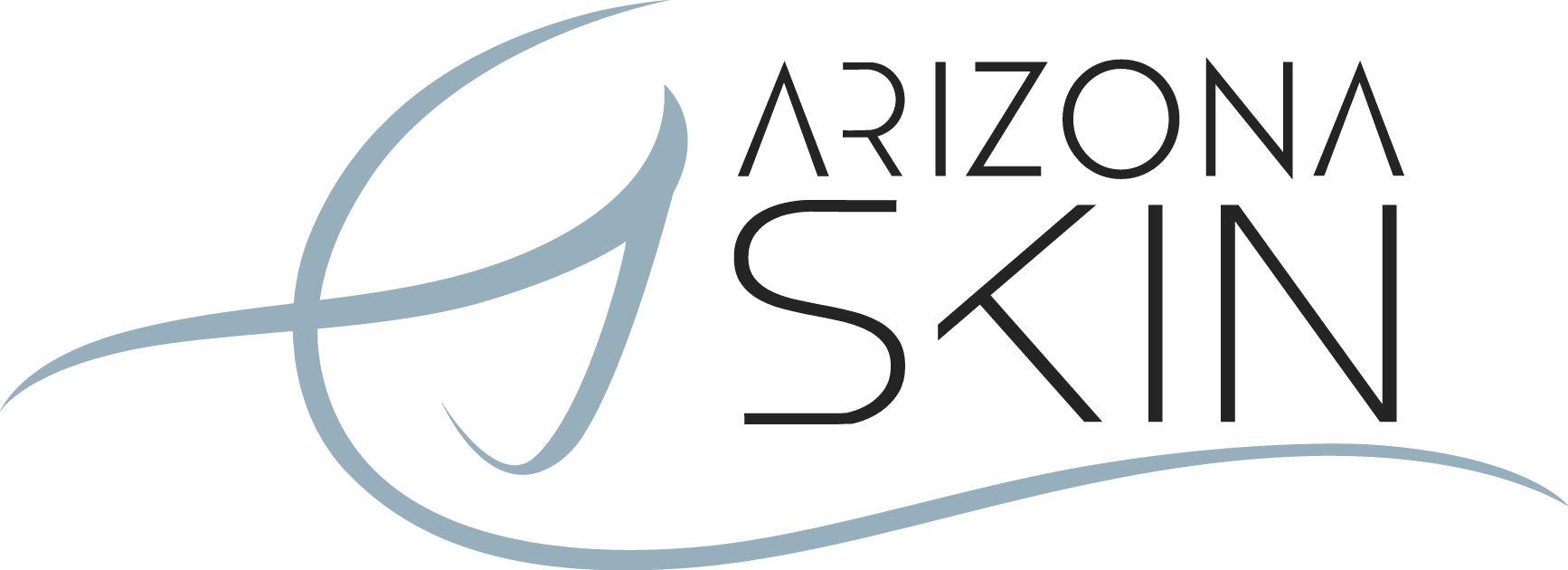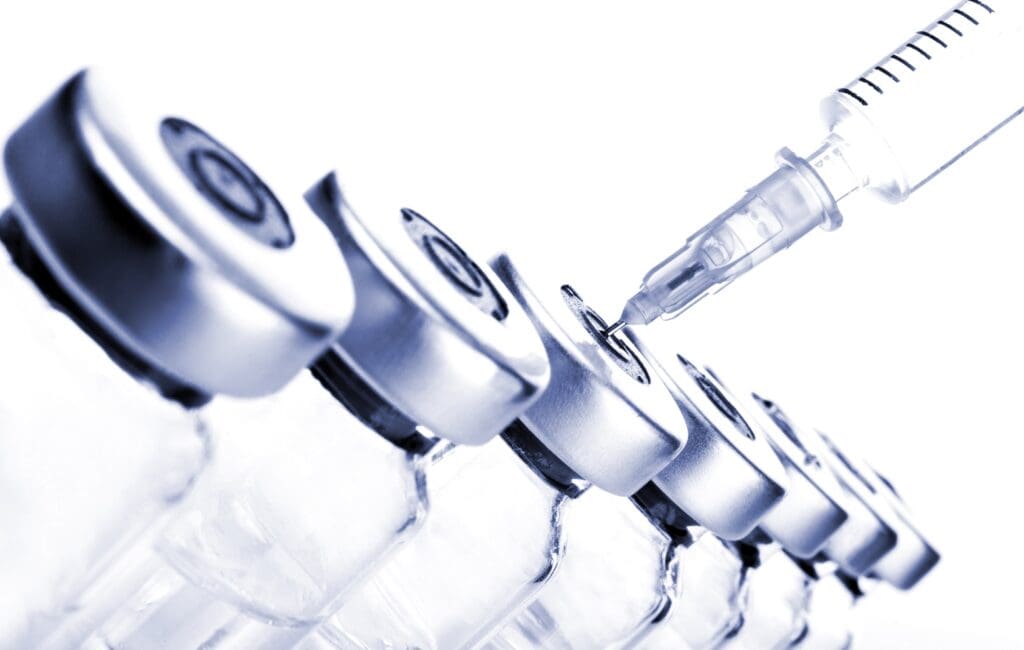
In the quest for youthful, rejuvenated skin, cosmetic treatments have become increasingly popular. Among these, Botox and Dysport stand out as effective solutions for reducing wrinkles and achieving smoother, more youthful-looking skin. While both treatments are derived from the same bacterial toxin, they have unique characteristics and applications. In this comprehensive guide, we delve into the world of Botox and Dysport, exploring their mechanisms of action, benefits, potential side effects, and considerations for anyone considering these treatments.
Understanding Botox & Dysport
Botox and Dysport are both neurotoxin-based injectable treatments designed to temporarily reduce the appearance of wrinkles and fine lines by relaxing the underlying muscles. The active ingredient in both treatments, botulinum toxin type A, works by blocking nerve signals to the muscles, preventing them from contracting and causing wrinkles to soften and become less noticeable. While Botox has been around longer and is more widely recognized, Dysport offers a similar mechanism of action with some distinct differences, including variations in dosing and diffusion.
Benefits of Botox & Dysport
Botox and Dysport offer a myriad of benefits beyond simply reducing the appearance of wrinkles. These injectable treatments are highly versatile and can address various cosmetic concerns, including forehead lines, crow’s feet, frown lines between the eyebrows, and even neck bands. One of the most significant advantages of Botox and Dysport is their ability to provide subtle yet noticeable improvements in facial aesthetics, resulting in a more youthful and rejuvenated appearance. By targeting overactive facial muscles, these treatments effectively smooth out wrinkles and fine lines, restoring a natural and refreshed look without the need for invasive surgery.
Additionally, Botox and Dysport can be used preventatively to delay the formation of new wrinkles by inhibiting repetitive muscle movements, making them valuable tools in the prevention of facial aging. Furthermore, these treatments are minimally invasive, requiring only a brief appointment with a qualified healthcare provider and typically producing minimal discomfort and downtime. Many individuals appreciate the convenience and accessibility of Botox and Dysport, which offer quick and efficient solutions for enhancing self-confidence and improving overall facial harmony.
Mechanism of Action
Botox and Dysport work through a similar mechanism of action, utilizing botulinum toxin type A to temporarily reduce the appearance of wrinkles and fine lines by relaxing underlying muscles. When injected into targeted facial muscles, the neurotoxin blocks the release of acetylcholine, a neurotransmitter responsible for signaling muscle contractions. By inhibiting muscle contractions, Botox and Dysport effectively relax the overactive facial muscles that contribute to the formation of wrinkles and lines. This relaxation allows the skin to appear smoother and more youthful. While both treatments provide temporary results, typically lasting three to six months, regular maintenance treatments can sustain the desired aesthetic improvements over time. The precise dosing and administration technique are crucial to achieving optimal results, highlighting the importance of seeking treatment from a qualified healthcare provider experienced in cosmetic injectables.
Differences Between Botox & Dysport
Botox and Dysport, while both derived from botulinum toxin type A, exhibit several differences in formulation and application. One significant distinction lies in their molecular size and protein composition. Dysport contains smaller molecules and a slightly different protein structure compared to Botox, leading to faster onset of action and potentially wider diffusion. As a result, Dysport may spread more easily and provide a broader area of muscle relaxation, making it suitable for treating larger facial areas. Conversely, Botox is often preferred for precision targeting of specific, smaller muscle groups. Additionally, the dosing units for Botox and Dysport differ, meaning the amount required to achieve desired results may vary between the two treatments. Ultimately, the choice between Botox and Dysport depends on individual preferences, treatment goals, and the expertise of the administering healthcare provider.
Considerations & Precautions
Before undergoing Botox or Dysport treatment, it’s essential to consult with a qualified healthcare provider to discuss candidacy, expectations, and potential risks. While these treatments are generally safe and well-tolerated, they may not be suitable for everyone, particularly individuals with certain medical conditions or allergies to botulinum toxin. Additionally, it’s crucial to choose a reputable provider with extensive experience in administering Botox and Dysport to ensure optimal results and minimize the risk of complications. Potential side effects of Botox and Dysport may include temporary bruising, swelling, redness, or mild discomfort at the injection site, which typically resolve within a few days.
Long-Term Effects & Sustainability
While Botox and Dysport offer temporary wrinkle reduction, consistent treatment over time can lead to longer-lasting effects. Some individuals find that regular maintenance treatments help to train the facial muscles, resulting in smoother, more youthful-looking skin even between appointments. Furthermore, combining Botox or Dysport with other cosmetic procedures, such as dermal fillers or laser treatments, can enhance and prolong the results, addressing multiple aspects of facial aging for comprehensive rejuvenation.
Botox and Dysport represent innovative solutions for achieving smoother, more youthful-looking skin without the need for invasive surgery. These neurotoxin-based treatments offer numerous benefits, including wrinkle reduction, facial rejuvenation, and improved self-confidence. By understanding the mechanisms of action, differences between Botox and Dysport, and considerations for treatment, individuals can make informed decisions to achieve their desired aesthetic goals. With the guidance of a qualified healthcare provider, Botox and Dysport can be powerful tools in the pursuit of timeless beauty and radiant skin.
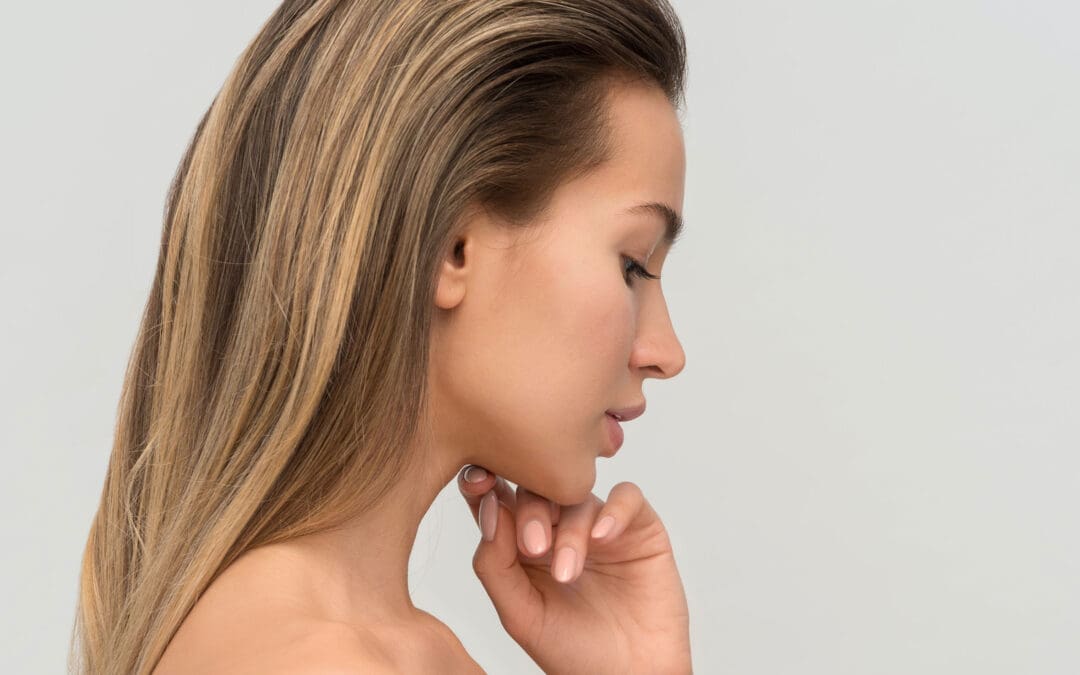
Nine Benefits of Mohs Surgery: A Complete Rundown
Skin cancer is a frightening reality for many. It has the potential to leave scars, deform features, spread to other organs, and even threaten one's life if left untreated. This serious medical...
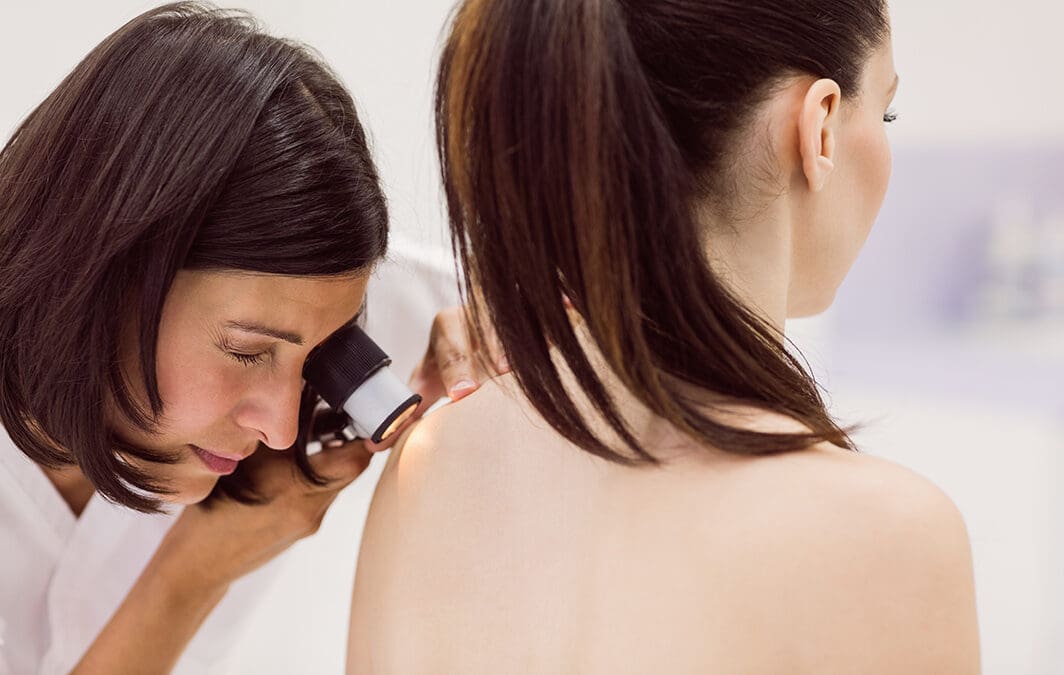
How to Tell Basal Cell vs. Squamous Cell Carcinoma Apart
Basal cell carcinoma and squamous cell carcinoma are the most common skin cancers in the United States. These malignant (cancerous) diseases begin in the cells that cover or line human organs. Both...
What is Microneedling?
Microneedling is a minimally invasive procedure that promotes the production of collagen and proteins within the skin to renew its structure, elasticity, and youth. This treatment uses the body’s...
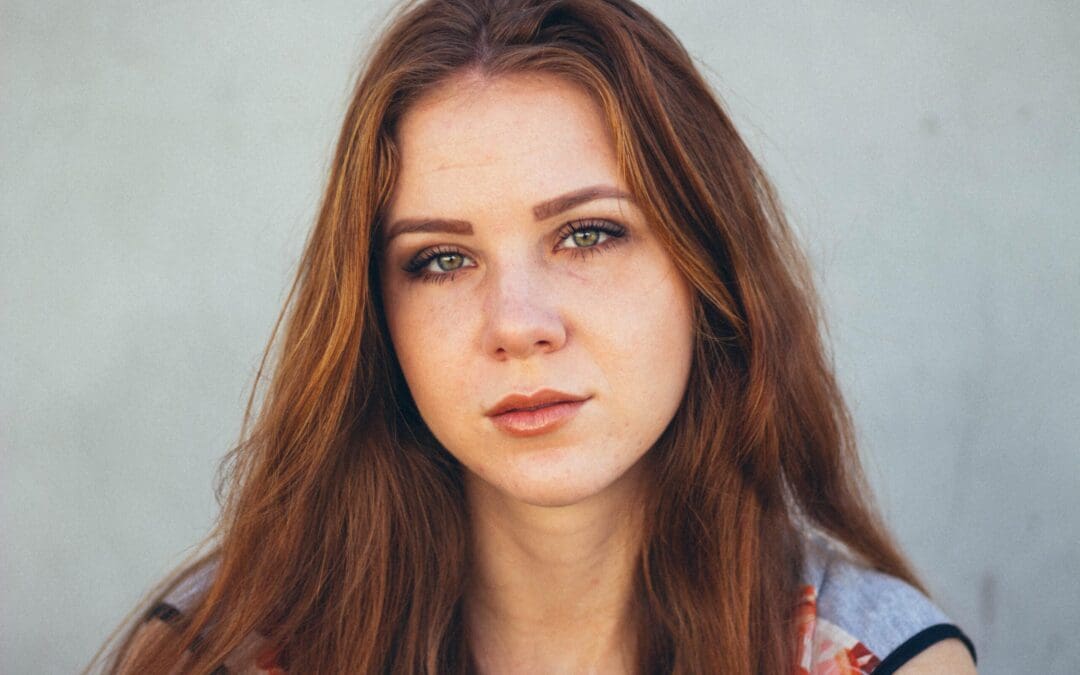
Facts About Levulan Photodynamic Therapy for Skin Cancer
Levulan photodynamic therapy is a non-invasive treatment for skin cancer, actinic keratosis, acne, and various other skin conditions. Read on to understand its benefits and limitations. What is...
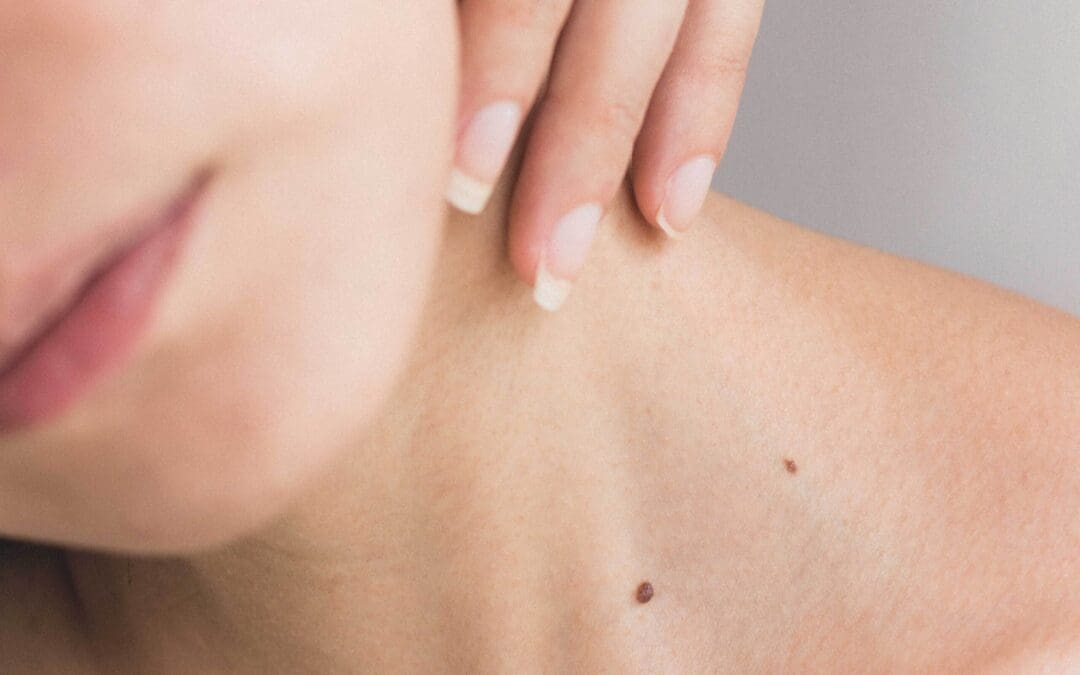
“I Have a New Mole”: Causes and When to See a Dermatologist
Moles are incredibly common, with most adults having between 10 and 40, according to the National Cancer Institute (NCI). The technical term for a mole is nevus (plural: nevi), which is the Latin...
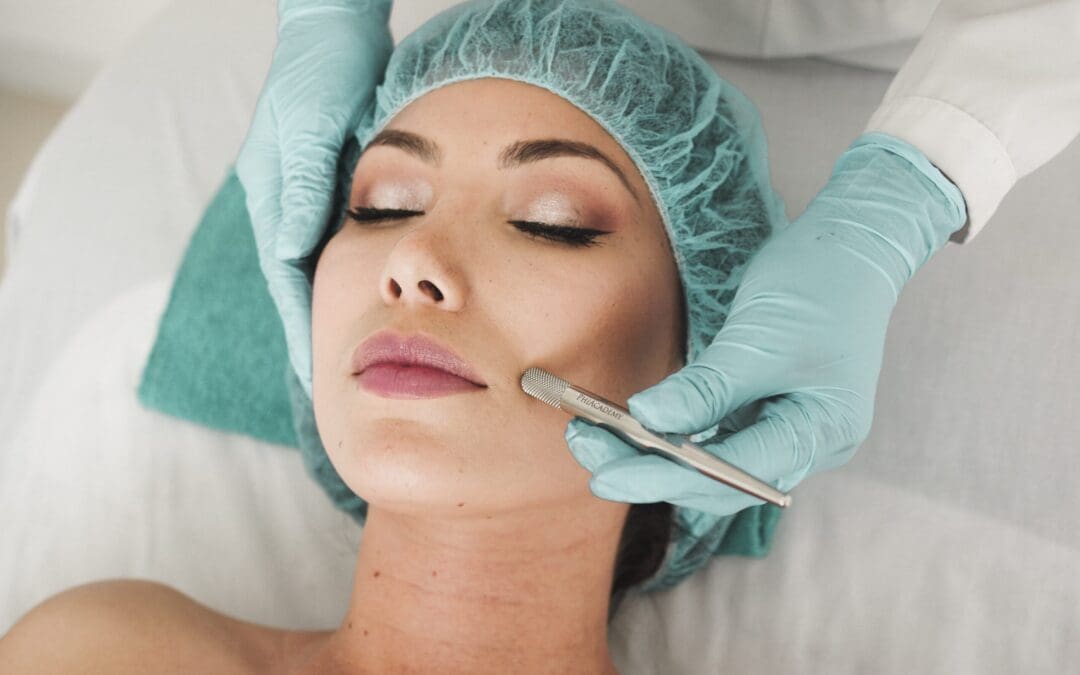
Superficial Radiation Therapy vs. Surgery for Skin Cancer
Skin cancer is the most common malignancy in the United States. According to the American Academy of Dermatology Association (AAD), 1 in 5 people will develop a form of skin cancer in their...
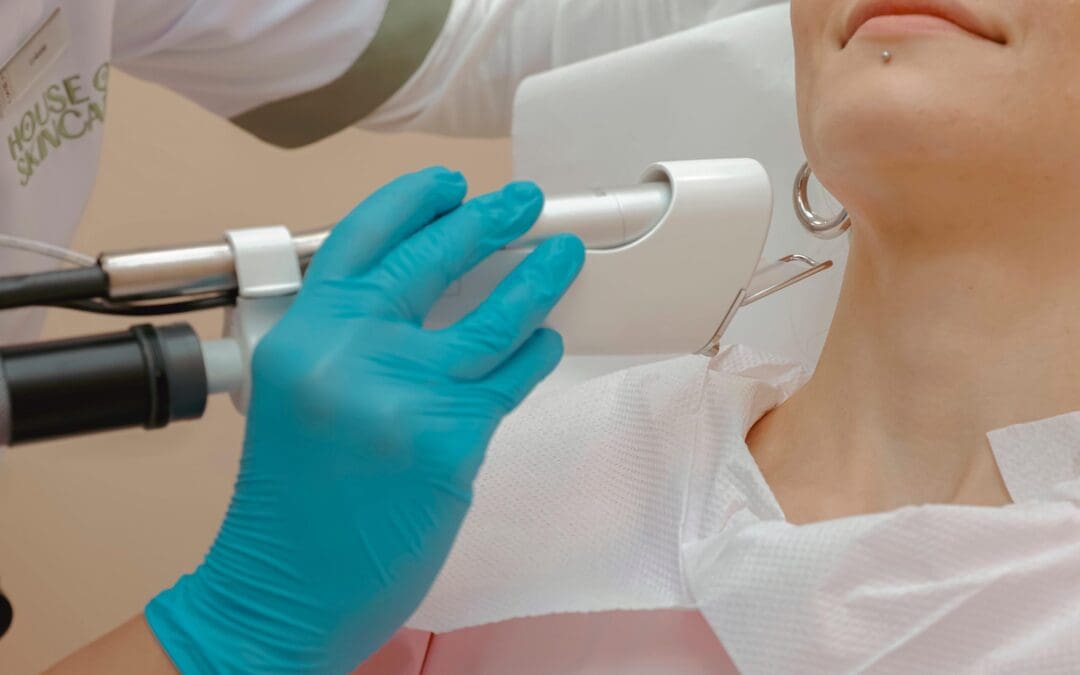
7 Types of Skin Cancer Treatments in Arizona Skin-Scottsdale, AZ
Arizona Skin Dermatology is a leading provider of treatments for patients with basal cell carcinoma, squamous cell carcinoma, precancerous actinic keratosis, and other skin problems. If your...
